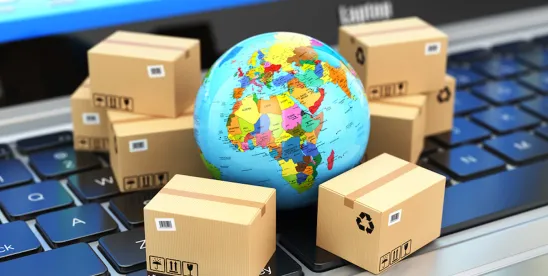As an accompaniment to our biweekly series on “What Every Multinational Company Should Know About” various international trade, enforcement, and compliance topics, below find an update to our series on compliance checks that every multinational company should consider. Give us two minutes, and we’ll give you five suggested compliance best practices that will benefit your international regulatory compliance program.
Tailoring compliance policies to local countries is crucial for ensuring that organizational practices align with specific legal, cultural, and regulatory requirements in each jurisdiction where the organization operates. At the same time, it is important that multinational organizations establish baseline compliance expectations that apply around the world. Here are five compliance best practices for tailoring compliance policies to local countries:
- Conduct Country-Specific Risk Assessments: Most multinational organizations should begin by conducting country-specific risk assessments to identify the unique compliance risks and regulatory requirements in each jurisdiction. Consider factors such as local laws, regulations, cultural norms, political stability, corruption levels, and enforcement practices. You also should take into account the legal and regulatory framework in each country where the organization operates or plans to operate. You should ensure your organization has researched local laws, regulations, industry-specific requirements, and regulatory agencies governing areas such as anticorruption, data privacy, employment practices, supply chain, and other high-risk areas. If necessary, consider whether it makes sense to engage local legal counsel or compliance advisors with expertise in the relevant jurisdiction, to provide insights into local compliance requirements and cultural nuances when interpreting and applying local laws and regulations to the organization’s operations.
- Translate Policies into Local Languages: Translate compliance policies, procedures, and training materials into the local languages spoken by employees in each country. Training should occur in local languages as well, unless English is commonly used at the location of the training.
- Address Cultural and Ethical Differences: You should review your company’s compliance requirements to confirm that they recognize cultural differences and ethical norms that may impact compliance practices in each country. Take into account local business practices, customs, and traditions when developing compliance policies. At the same time, you need to confirm that certain globally accepted standards, such as prohibitions on bribery, cannot be trumped by customs within a local country.
- Adapt Reporting and Whistleblower Mechanisms: Consider whether your company has adapted reporting and whistleblower mechanisms to accommodate local preferences and legal requirements. Many European companies, for example, limit what types of information can be gathered and stored, reflecting the need to ensure confidentiality and comply with data privacy regulations.
- Establish Local Compliance Champions/Compliance Liaisons: You should review your compliance infrastructure to ensure that your organization has local compliance champions or liaisons in each country or to serve as points of contact for compliance-related issues. Having compliance liaisons helps foster the two-way flow of compliance information and ensures that local concerns are communicated back to central compliance oversight.
While adapting policies to local countries, it is important to ensure that core compliance principles and standards remain consistent across the organization and to tailor compliance measures to local requirements. Most multinational companies accordingly should establish a framework of global policies and principles that provide a foundation for local adaptations while maintaining alignment with the organization’s values and objectives.




 />i
/>i

